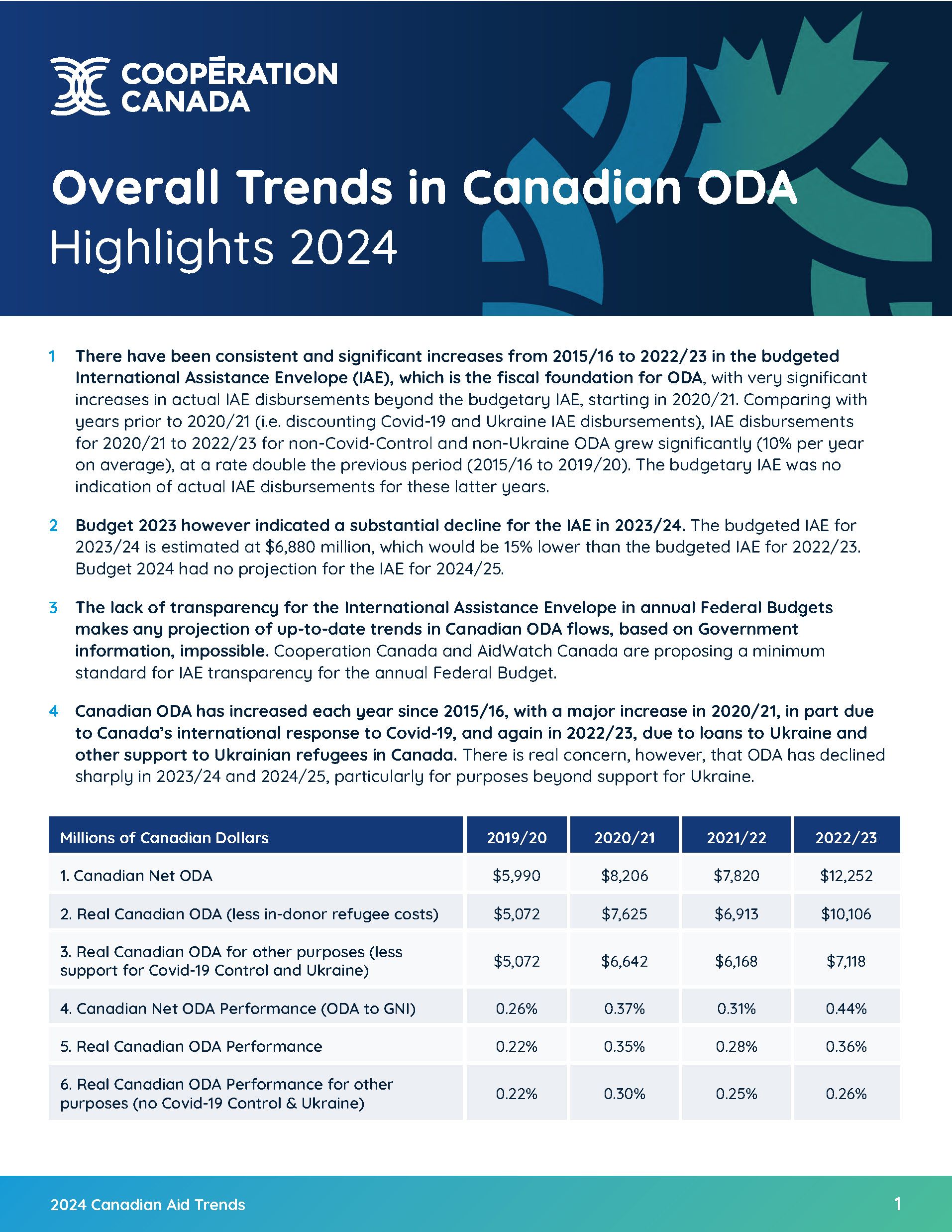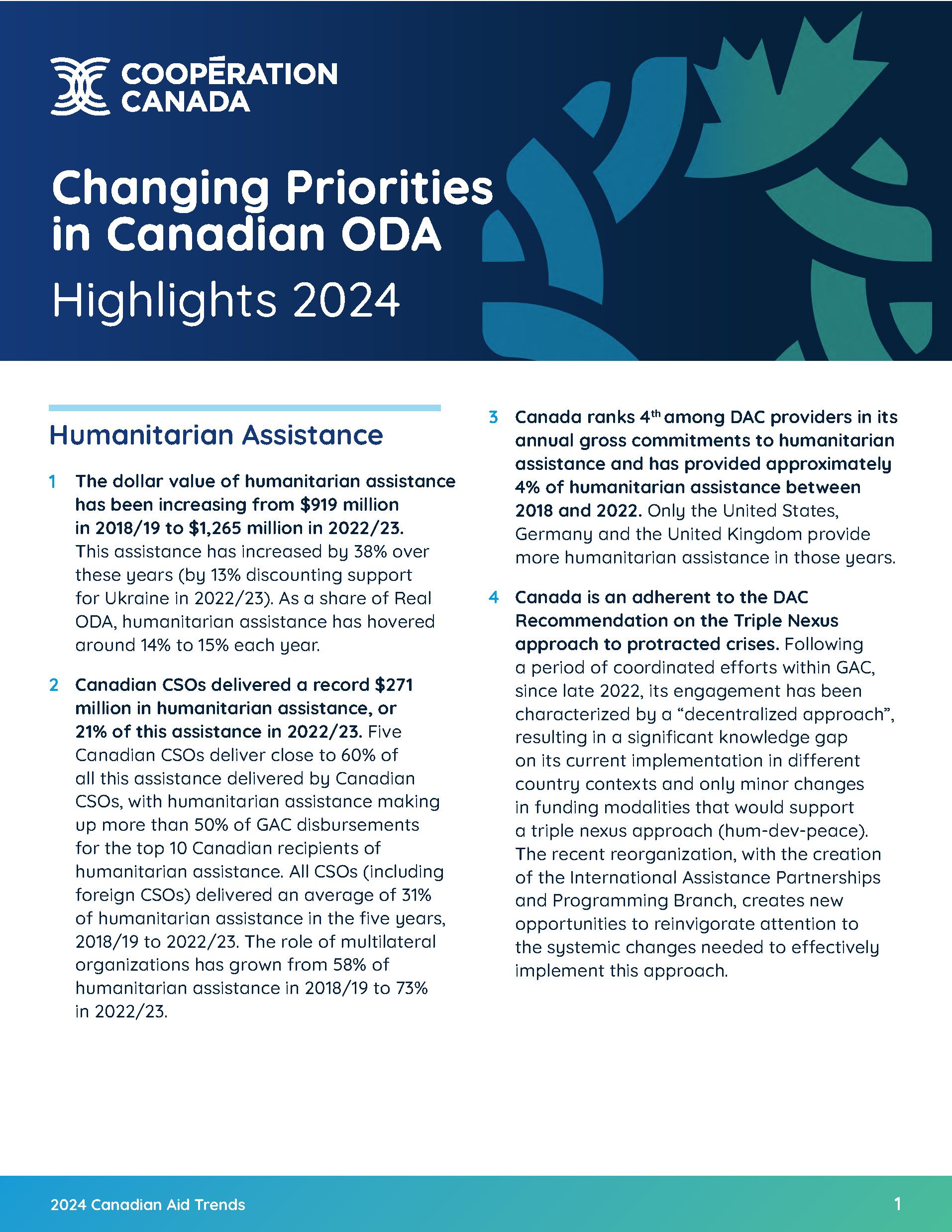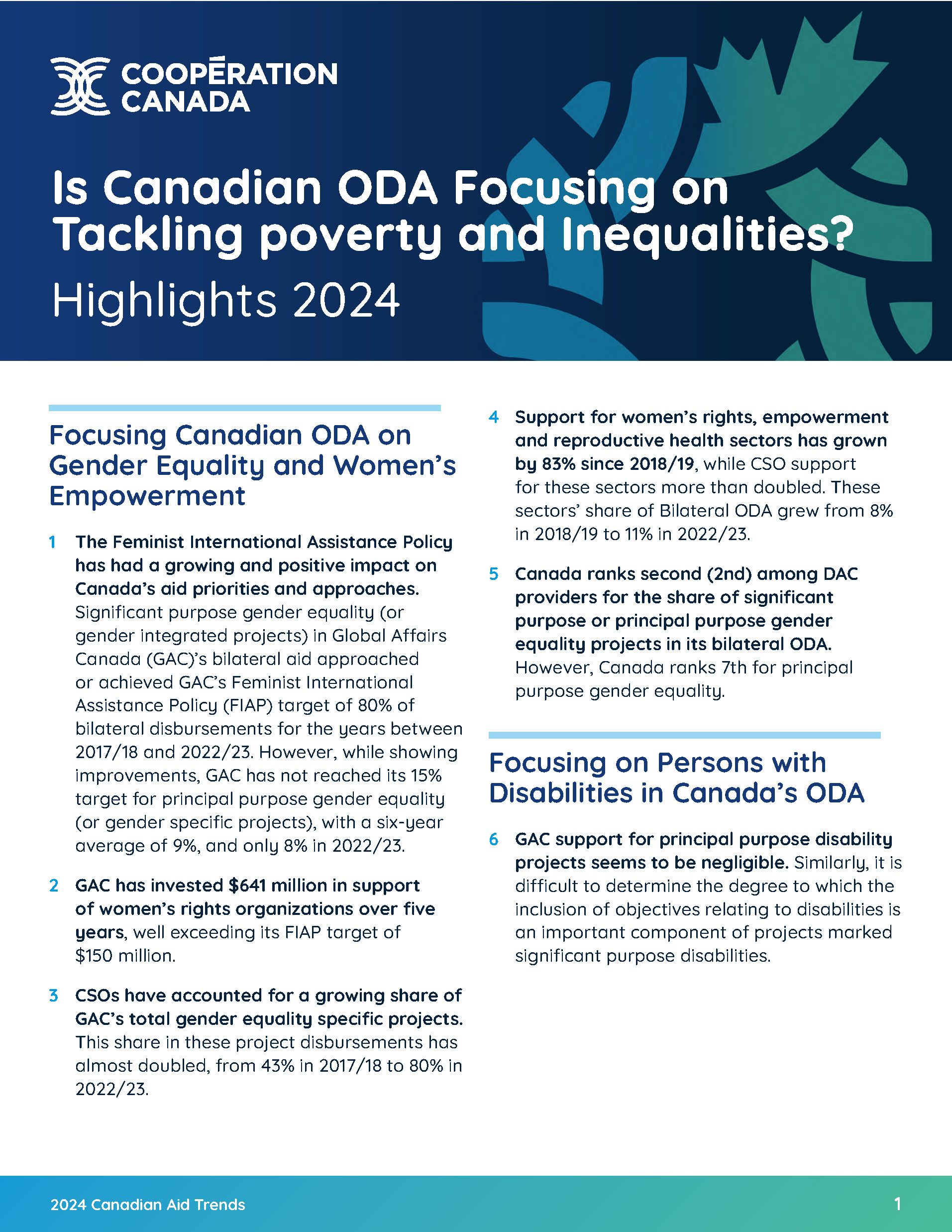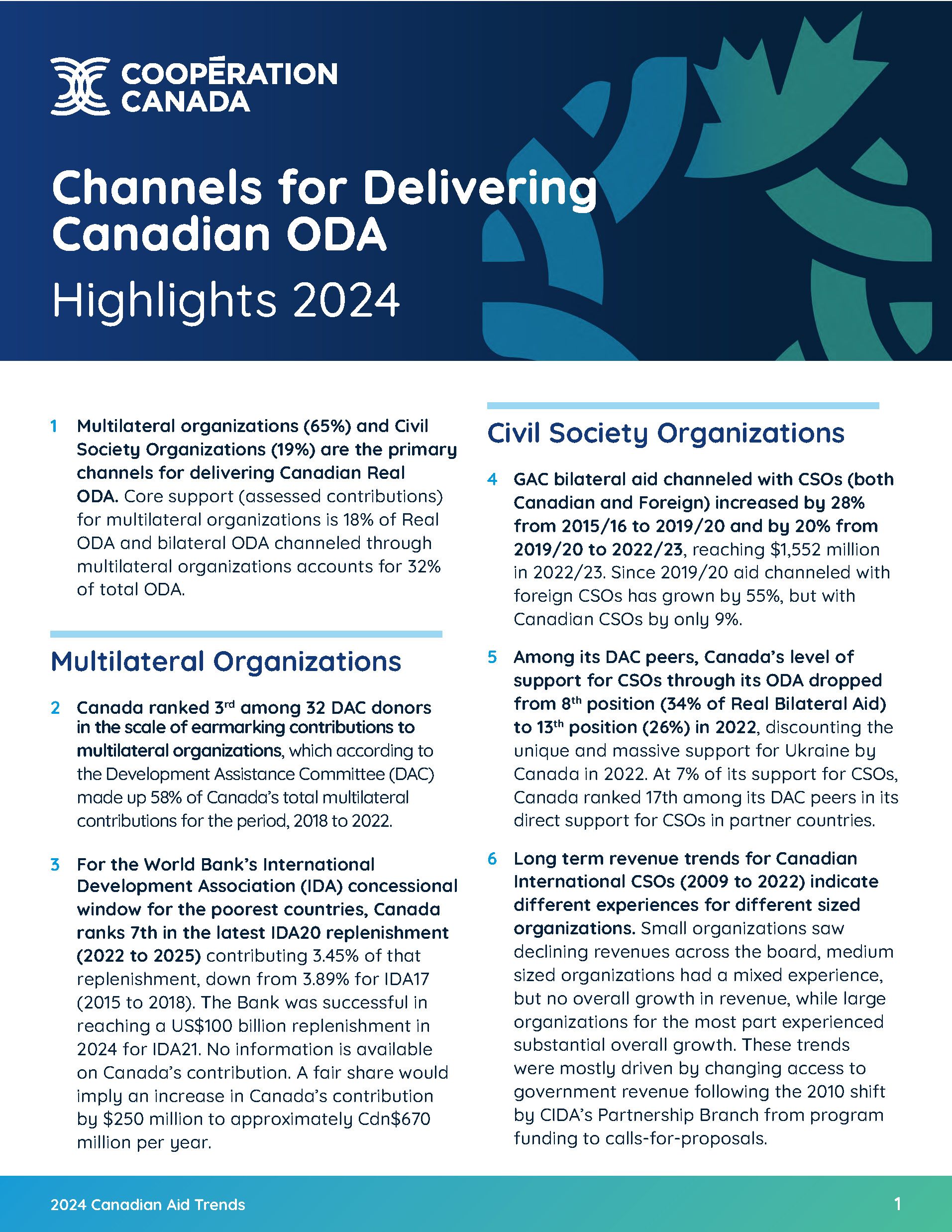While the COVID-19 pandemic has proven to be particularly trying and requiring adjustments in all aspects of our day-to-day, some have noted the potential – as we shift towards recovery – for a greener, more sustainable world to emerge. In Canada’s international cooperation sector, organizations have shifted their functioning; from working in offices and commuting to working from home and making extensive use of technologies such as Zoom. As we witness strikingly innovative times and shifts towards greener and more sustainable practices, an opportunity exists to reflect and plan to ensure positive changes remain in the long-term. As part of an ongoing research initiative, Greening CSOs, CCIC gathered resources and tools that can support organizations in greening their operations and programming . In preparation for publication of a searchable online repository in October 2020, we are presenting a few items to help our members get started on greener and improved operations and programming now.
Committing to greener operations and good practices starts here!
Take a peek below at CCIC’s top 10 list of tools and resources to start your organization’s journey to greener operations.
Advocating for a green world
- Engaging with the Green Climate Fund – A Civil Society Toolkit (German Watch)
The toolkit is published by a civil society consortium for stakeholders interested to engage with the Green Climate Fund (GCF). Encouraging as well as building civil society readiness for the GCF has emerged as a necessary step in contributing to a successful fund. This toolkit aims to provide civil society actors and their organizations, as well as any other stakeholders interested in the GCF, with relevant information, knowledge, and guidance on how to get involved with the fund. Lessons from this toolkit can be applied to a variety of other funding and advocacy mechanisms available to Canadian civil society.
Green programming
2. Guide pour l’organisation d’événements écoresponsables (HECOresponsable)
This short guide aims to support event organizers in their planning and management of events that are environment and climate conscious.
3. Adaptation Layer (weADAPT)
weADAPT.org is an online space focusing on climate adaptation issues, which enables practitioners, researchers and policy makers to access credible, high quality information and to share experiences and lessons learnt on a range of issues around climate adaptation while developing and offering access to policy-relevant tools and guidance for adaptation planning and decision-making. Adaptation Layer is a weADAPT-Google Earth interface to locate who is doing what and where in the field of adaptation to climate variability and change. This tool allows one to browse case studies, projects, videos, downscaled climate projections and experiences of adaptation by a spatial reference, and search by key terms, providing an instant view of what is already going on and where.
4. Green Recovery & Reconstruction Toolkit for Humanitarian (GRRT) (Environment and Disaster Management)
The GRRT is a toolkit and training program designed to increase awareness and knowledge of environmentally responsible disaster response approaches. It consists of 11 training modules through which participants will learn about the intersection of the environment and post-disaster recovery and reconstruction. Although disasters wreak havoc, the rebuilding efforts that follow represent a significant and important opportunity to restore communities in a more environmentally and socially responsible way. Humanitarians, conservation practitioners, government officials, local communities, and donor organizations can take steps to ensure communities prepare for disasters and build back safer by actively addressing environmental sustainability, reducing risk and vulnerability to future disasters, and adapting to the effects of our changing climate.
5. Climate Change Curriculum Guide (The Jane Goodall Institute of Canada)
This curriculum guide provides information, suggested activities and advice about climate change for organizations teaching students about climate anxiety. The guide also provides examples of youth who are taking action to tackle climate change.
Operating greener
6. How to form a green team: A practical guide to create or form a green team at work (WWF-Canada)
The Living Planet @ Work green team guide provides a 5-step guide and practical tips on how to create and operate a green team to maximize potential for positive impact within your organization.
7. Greening Offices: 25 Tips to Get You Started (Cultivating Capital)
This article provides 25 tips designed to jump-start your organization’s sustainability efforts, as well as links to additional sources to get started on your journey to greener operations.
8. CUPE’s green workplace guide (Canadian Union of Public Employees)
The booklet shows workers what steps they can take to make their workplaces and communities environmentally sustainable.
9. Reducing your carbon footprint (KAIROS) PDF
A reduction of carbon emissions throughout the world is important, however much of what is discussed in this regard does not focus on the individual action level. In this simple and well-versed guide to reducing carbon emissions day-by-day, KAIROS provides guidance on what each and everyone of us can do, individually to reduce emissions.
10. BOMA BEST Sustainable Workplaces – Certification (BOMA Canada)
This highly accessible, affordable and bilingual certification helps organizations be more sustainable while enabling them to measure and monitor their environmental performance. Once certified, organizations can easily implement additional policies, procedures and programs aimed to reduce their environmental impact, engage employees, create a healthier work environment, support sustainability goals, and become a leader in corporate sustainability efforts. Areas of development included in this certification are: communication, e-waste, energy, indoor air quality, recycling and waste diversion, sustainable travel and commuting, water, sustainable spaces, and procurement.
The tools above represent a small sample of what is to come in CCIC’s repository of green tools – Stay tuned for more!






